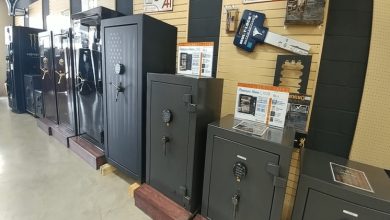What Are Termite Mud Tubes?

“What are termite mud tubes?” people frequently question. Termites are, unfortunately, very abundant in the United States. Mud tubes are routes termites use to connect earth colonies to food sources above ground. Tubes provide a haven for termites from predators. Furthermore, these tunnels trap the moisture that termites require to thrive. Contact residential pest control Escondido immediately if you discover termite mud tubes in your residence.
What is a termite tube?
A termite mud tube is a tunnel used by termites that live underground to shield themselves from predators and drying up. This tube is made of earth, wood, and saliva. Termites live in mud tubes as they work and collect food.
What do termite mud tubes look like?
Termite tubes are ¼ to 1 inch in diameter and resemble veins spreading through your ceiling, foundation, or walls. The color of these tubes changes according to the density and activity of the infestation. Discovering termite tubes, regardless of density, form, or color, should not be taken lightly since it signals an infestation and requires prompt action. Simply removing the tubes is insufficient. Termites are fast workers and will construct tubes in no time.
Types of termite mud tubes
Termite tubes are classified into four categories. Their structure and function differ.
- Exploration tubes
Exploratory tubes are used to find food sources. These thin and fragile mud tubes may reach up to 15 feet above ground. They have a distinct appearance since they are derived from the soil but do not connect to a food source. These exploratory tubes are frequently abandoned by the time they are discovered. Abandoned exploration tubes are never a good indication since they suggest that termites have gone deeper inside a building in search of food.
- Working tubes
Working tubes are transportation tunnels between the termites’ nest and food sources. Working tubes are more robust than exploration tubes and are designed to allow for long-distance movement over foundations and walls. Window frames, subflooring, and beneath porches and decks are common sites to find it.
- Swarm tubes
The situation may be extremely hectic when winged swarmer termites – aka alate termites – prepare to leave and build new colonies. Worker termites construct these temporary tubes to protect and coordinate swarmers. These tubes, often known as swarm castles, may be huge, up to four feet wide. Workers escort the flying swarmers out of the swarm castle when they are ready to go.
- Drop tubes
Drop tubes are easily recognized because they resemble stalagmites in caves. Drop tubes are lighter in color than other mud tubes and contain more wood fibers and less mud. Drop tubes emerge from the structure’s roof and attempt to link with working tubes, making food supplies more accessible to termite workers and boosting humidity by reestablishing contact with the earth.





